The air begins to cool, the leaves turn golden, and vineyards across the Northern Hemisphere buzz with excitement as harvest season kicks off. It’s a time of celebration for winegrowers, marking the culmination of a year’s worth of hard work. But if you’re wondering when exactly the grape-picking begins, let’s take a trip across the Northern Hemisphere to explore what makes this season so special.

When Does Harvest Season Begin?
In the Northern Hemisphere, grape harvest generally starts from late August and can extend into October or even November. The timing of the harvest is crucial—grapes need just the right balance of sugar, acidity, and flavour for winemaking. Weather conditions, grape variety, and the specific region all play a role in determining when the harvest kicks off. So, what makes some grapes ripe earlier than others? And why do certain regions pick their grapes much later in the season?
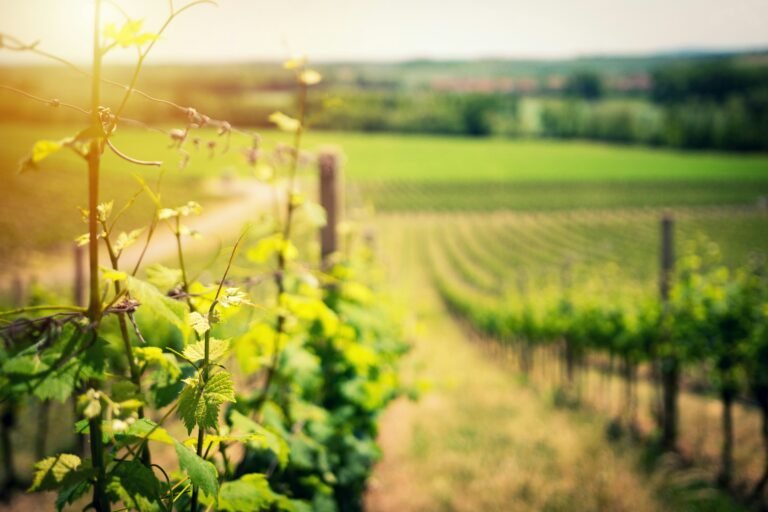
Early vs Late Grape Harvest: The Varieties and Regions
Early Harvest: August-September
Some grape varieties ripen earlier and are often harvested starting in August, depending on the climate. White grapes tend to be more precocious, with varieties like Chardonnay, Sauvignon Blanc, and Pinot Grigio often picked first. These early-harvest varieties typically thrive in cooler climates, where a shorter growing season gives the grapes a crisp, fresh taste—perfect for white wines that are high in acidity. In California, particularly in Napa Valley, Chardonnay grapes are often the first to be picked. Similarly, in France, the Loire Valley sees an early harvest of Sauvignon Blanc. Northern Italy, famed for its Pinot Grigio, also starts harvesting white grapes in late August.
Fun Fact:
Did you know that harvesting grapes is often done at night or in the cool early morning hours? This helps preserve the grapes’ freshness and acidity, which can be affected by the heat of the day.
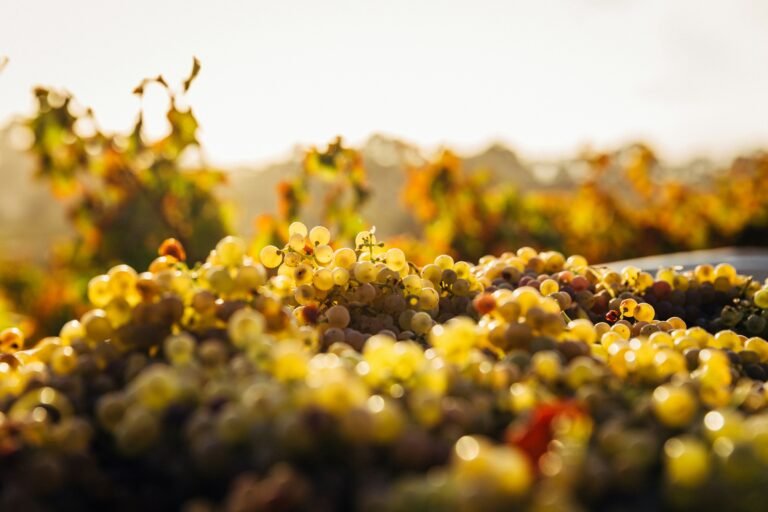
Mid-Season Harvest: September-October
As we move into September and October, more grape varieties ripen, including some of the most well-known red grapes. This is when you’ll see vineyards bustling with the harvest of Merlot, Syrah, and Tempranillo. In France’s Bordeaux region, one of the most famous wine-growing areas in the world, the harvest of Merlot typically takes place in mid-September. Spain’s Rioja region, celebrated for its robust red wines, is also in full swing around this time, with Tempranillo grapes being carefully picked to ensure the perfect flavour profile for Rioja’s signature wines. Meanwhile, over in the United States, the famous Willamette Valley in Oregon starts its Pinot Noir harvest, as this delicate grape needs careful attention to get just the right balance of fruit and earthy notes.
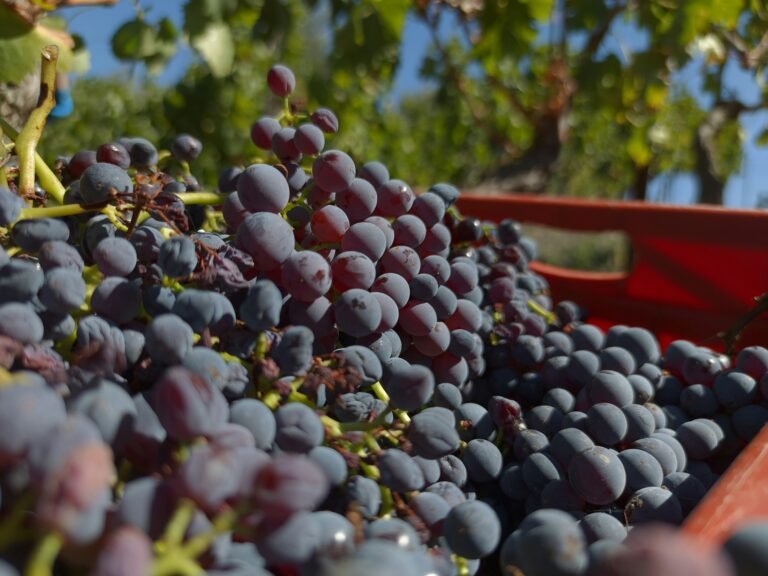
Late Harvest: October-November
Some grapes take their sweet time to ripen, and the result is often bold, complex wines. These late-harvest varieties are usually thicker-skinned grapes like Cabernet Sauvignon, Nebbiolo, and Zinfandel. These grapes thrive in warmer regions, where they benefit from a longer growing season to fully develop their rich, intense flavours. California’s Napa Valley and Sonoma County often wait until late October to start picking Cabernet Sauvignon, the king of red grapes. Similarly, in Italy’s Piedmont region, Nebbiolo grapes for the famous Barolo wine are often left on the vine until well into October or even November, giving them time to absorb as much sunlight as possible.
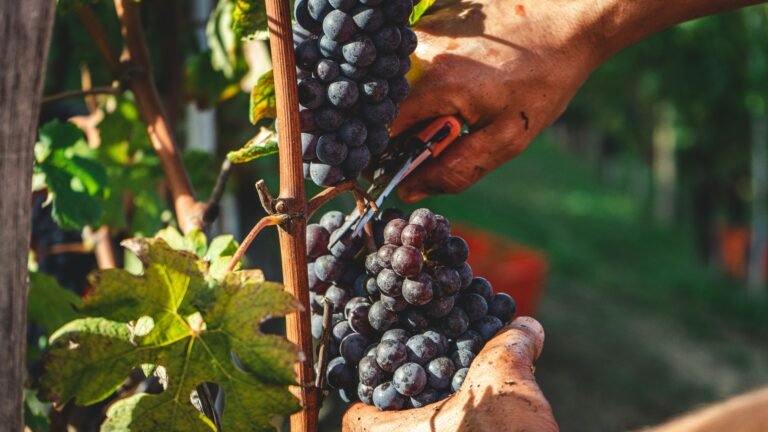
In Asia, particularly in China’s Ningxia region, the harvest can extend into late October and early November. Ningxia, often referred to as the “Bordeaux of China,” is making waves in the global wine scene, and its late-ripening grapes, like Cabernet Sauvignon, are key to its success. Fun Fact: Late-harvest grapes are sometimes used to make sweet wines, like the famous Sauternes from Bordeaux or Icewine from Canada and Germany, where grapes are left on the vine until they freeze, concentrating their sugars for a luscious, dessert-like wine.
Factors That Affect the Timing of the Harvest
The specific timing of the harvest can vary widely depending on several factors, including: Climate: Warmer climates like California or Spain will generally harvest earlier than cooler regions like Burgundy or Germany. Grape Variety: As mentioned earlier, different grapes ripen at different times. White varieties and thin-skinned grapes are often harvested earlier, while thicker-skinned red grapes tend to take longer. Weather: Winegrowers keep a close eye on the weather during harvest season. A sudden storm or unexpected frost can make or break a vintage, so timing is everything.
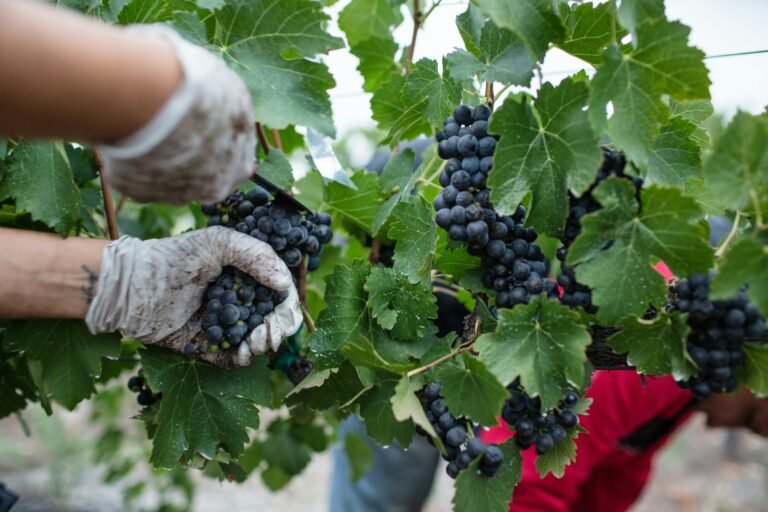
Why Harvest Timing Matters
You might think, “Why not just pick all the grapes at the same time?” Well, it’s all about balance. Grapes need to have the right amount of sugar, acidity, and phenolic ripeness (those are the compounds that give wine its colour and tannins). Picking too early can lead to overly acidic, underdeveloped wines, while waiting too long can result in overly sweet, jammy wines lacking in freshness. Harvesting is a science and an art. Experienced winegrowers know when to pick for optimal quality, and sometimes, that means running out into the vineyard at 3 am because the conditions are just right!
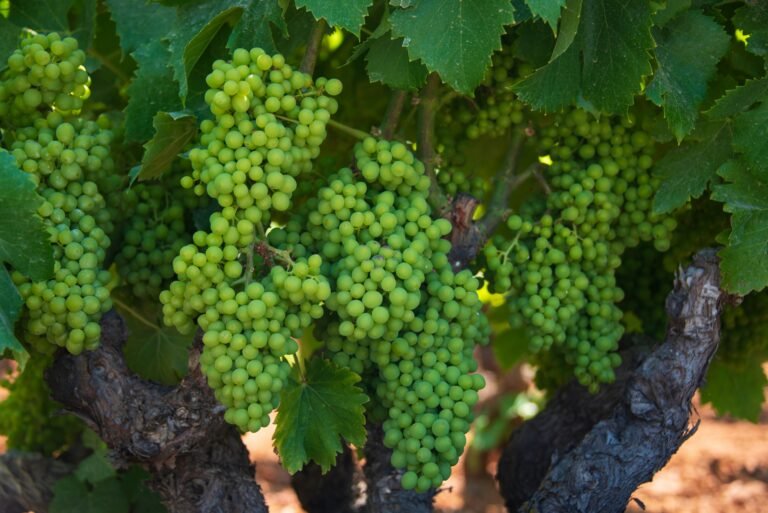
A Time of Celebration
While harvest season is all about hard work, it’s also a time of celebration. In many regions, harvest festivals pop up, offering everything from grape-stomping competitions to wine tastings and feasts. In places like Germany’s Mosel Valley, the Weinfest is a major event, where locals and tourists alike toast to the new vintage with glasses of Riesling. Fun Fact: In some vineyards, there’s a tradition of thanking the vineyard workers with a special “harvest lunch” once the last grape is picked. Some of these lunches turn into full-blown feasts with wine, of course!
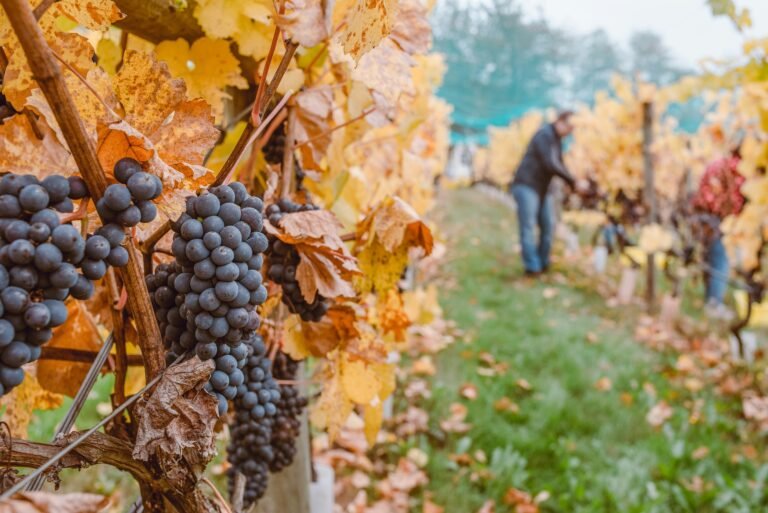
Harvest season in the Northern Hemisphere is a magical time, filled with tradition, celebration, and hard work. Whether you’re in the rolling hills of France, the sun-drenched vineyards of California, or the emerging wine regions of Asia, this is the moment when a year’s labour comes to fruition—literally. So next time you pour yourself a glass of wine, take a moment to appreciate all the work that goes into every single grape.